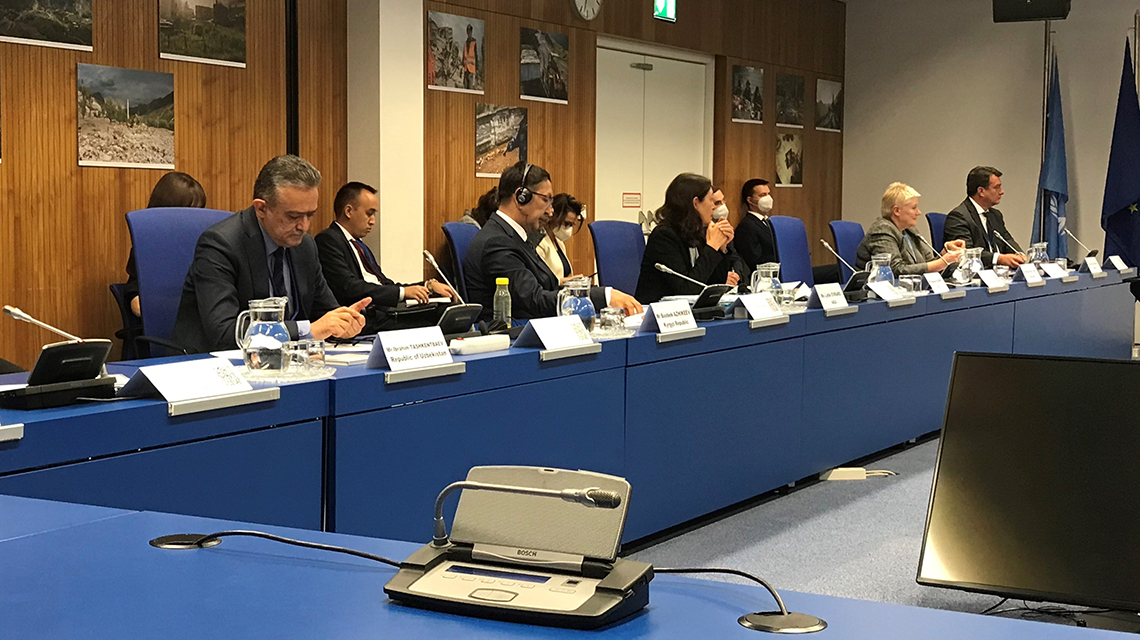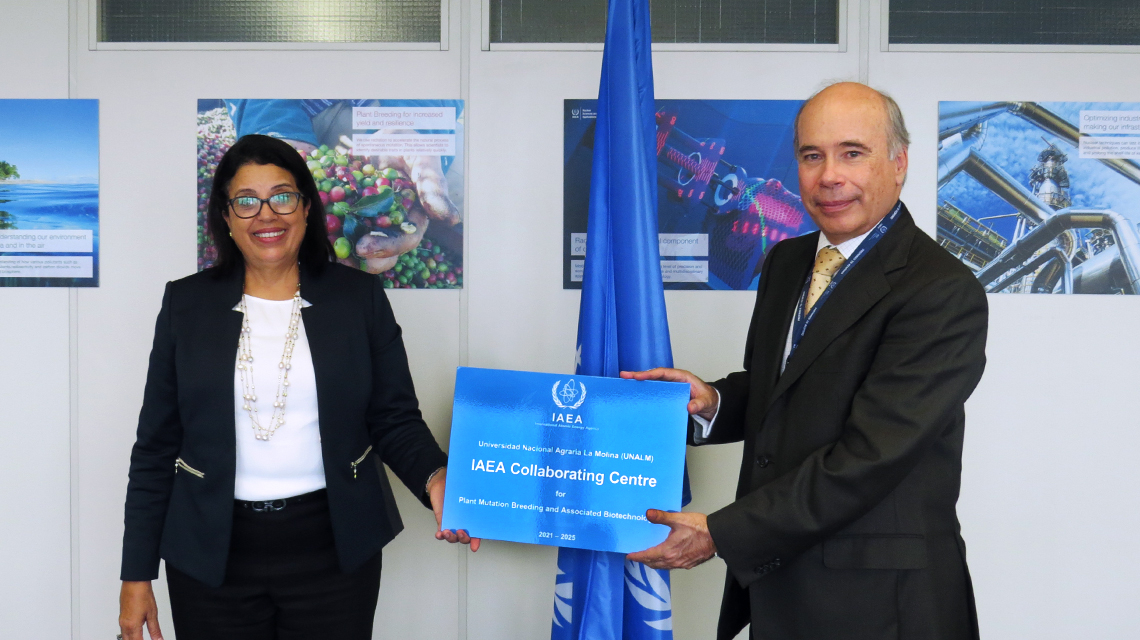The event IAEA Marie Skłodowska-Curie Fellowship Programme: Status and Prospects featured some of the programme’s first graduates since it launched last year, who shared their experience and the impact of the programme on their studies and careers. Participants were also briefed on the status and prospects of the programme, which provides scholarships for women studying towards master’s degrees in nuclear related areas. At the event, participants heard that 29 students are expected to graduate from the programme by the end of this year.
The potential for nuclear power to produce hydrogen for industrial use in the global transition towards net zero emissions was examined by international experts at the event Innovations in the Production and Use of Nuclear Hydrogen for a Clean Energy Transition. Panellists explored developments in the coupling of nuclear power reactors with hydrogen production plants to efficiently produce both electricity and hydrogen as a cogeneration system.
At the event Recruitment at the IAEA: Attracting Talent from Member States, participants learned about the IAEA’s recruitment process, the different contracting modalities that the IAEA offers and the ongoing efforts to reach out to qualified professionals from across Member States, including through the IAEA website and social media. The event also highlighted the importance of Member States’ participation in the cost-free expert and Junior Professional Officer programmes.
The Digitalization in Support of Planning and Implementation of Nuclear Decommissioning event highlighted the practical value of 3D modelling and simulations, visualization, virtual reality, artificial intelligence, machine learning and other similar applications in the planning and implementation of nuclear power plant decommissioning. During the session, experts presented practical examples of how digital technologies have been applied in decommissioning projects. To continue the exchange of information on decommissioning, the IAEA will host the International Conference on Nuclear Decommissioning: Addressing the Past and Ensuring the Future, in Vienna in May 2023.
The event DSRSNet – An International Resource for Disused Sealed Radioactive Source Management showcased new features and resources of DSRSNet through an interactive demonstration. DSRSNet is a CONNECT network established in 2019 as a forum for sharing practical experience, knowledge and international developments on the safe management of Disused Sealed Radioactive Sources (DSRSs).
At the event Developing Capacity for the Wider Use of Stable Isotope Techniques for Source Attribution of Greenhouse Gases in the Atmosphere, the IAEA and the World Meteorological Organization (WMO) announced their first-ever joint technical cooperation project aimed at supporting experts worldwide in using stable isotopes to measure the release of greenhouse gases (GHGs) and accurately determine their source. Participants heard about the potential of high-quality stable isotope measurements for generating data for greenhouse gases emissions verification, and how this can impact their efforts to meet their nationally determined contributions.
Participants at the Licensing Novel Advanced Reactors: Addressing the Challenges event discussed the challenges faced in the application of IAEA safety standards given the differences in the design, siting, construction, commissioning, operation, decommissioning, radioactive waste management, safety assessment and regulation of innovative technologies, compared to operating reactors. A panel considered how the IAEA activities and future plans could best help address these issues.
The event IAEA Procurement: Adding Value in the Implementation of IAEA Programmes provided an overview of the IAEA’s procurement process, the partnerships that underpin it and ongoing initiatives to stay ahead of the curve in sourcing the goods and services needed to implement the Agency’s programmes in support of Member States.
The event COMPASS: Enhancing Safeguards Assistance to States showcased the assistance provided by the IAEA to help States strengthen the effectiveness of State or regional authorities responsible for safeguards implementation (SRAs) and State systems of accounting for and control of nuclear material (SSACs).The Comprehensive Capacity-Building Initiative for SSACs and SRAs (COMPASS) builds on existing IAEA assistance developed over the last 45 years, and the event highlighted the range of support the IAEA can offer States in the field of safeguards.
The IAEA generic roadmap towards implementing a deep geological repository for radioactive waste, based on practices and experiences across a range of national programmes, was presented at the Roadmap towards Implementing a Deep Geological Repository event. Implementing a deep geological repository for radioactive waste is a central enabler of sustainable nuclear power generation and associated fuel cycle activities.
To foster further collaboration in data collection, the event The Power of Data: an IAEA Approach to enhance Cancer Support - from Prevention to Palliation focused on the impact of databases on guiding decision-making. During the event, 10 experts shared their experience on how data from seven publicly available human health global databases can be used in research and in education. Participants also discussed the importance of collaborative data collection though online platforms such as the International Research Integration System (IRIS).











